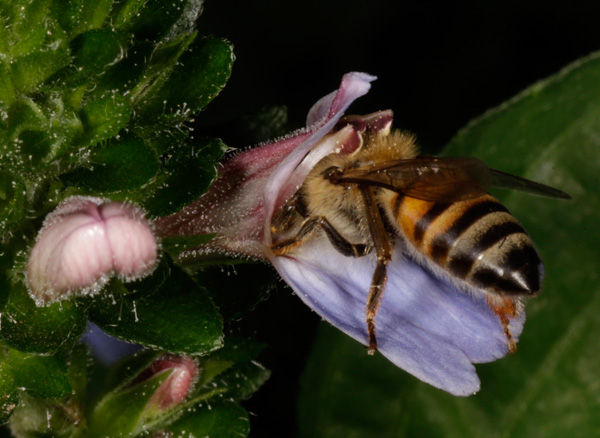- South Texas Students Meet Accordion Music Icons Los Tigres Del Norte In Edinburg Thanks To Khs America/Hohner Alianza Académica Initiative
- Fragile Planet Offers a Nighttime Wildlife Experience
- Falcons Soccer Off & Running
- Cameron County Receives Funds to Improve Two Parks
- Falcons Complete First Half of 32-6A
- School District to Help out Victims of California Wildfires
- Sand Castle Days Continued Despite Unexpected Weather
- Ready for District
- Discussion of Garbage Dumpster Rates, Agreements Between State & City on Highway Regulations, and More
- 31st Annual Shrimp Cook-Off is Right Around the Corner
Report: Wild Bee Decline Threatens U.S. Crop Production
- Updated: January 15, 2016
by Eric Galatas
AUSTIN, Texas – Wild bee populations in the U.S. are disappearing in many of the country’s most important farmlands, including West Texas, California’s Central Valley, and the Great Plains and California’s Central Valley according to a national study led by the University of Vermont.
Taylor Ricketts, professor and director, University of Vermont’s Gund Institute for Ecological Economics and the report’s senior author, says continued losses could disrupt the nation’s crop production.
“Wild bees are important because they help pollinate our crops,” says Ricketts. “About 70 percent of the most important global crops require bees or other pollinators to set the fruit and vegetables we grow them for. That’s worth billions, in the U.S. alone.”

Wild bee populations are on the decline in many of the country’s most important farmlands. Photo: Derek Keats/Wikimedia Commons
The report found bee numbers dropped by 23 percent between 2008 and 2013, and cites a loss of habitat, pesticide use and climate change. Ricketts says farmers with crops that depend on pollinators, from apple orchards to pumpkin patches, face a growing mismatch between rising demand for pollination and a falling supply of bees.
A team of seven researchers from four universities created a map of wild bee populations across the “Lower 48” states, and zeroed in on areas with the largest losses. Ricketts says he’s hopeful the report will help conservation groups focus their efforts to carve out spaces more friendly to wild bees.
“The good news here is, it’s not a mystery,” says Ricketts. “They need three things: they need places to nest, they need flowers to feed from, and they need to not be poisoned by agrichemicals, like pesticides.”
Ricketts calls the nation’s nearly 4,000 species of wild bees a “precious natural resource.” He says protecting them is critical to maintaining a $3 billion a year farming industry and keeping fruits and vegetables on dinner tables across the country.
